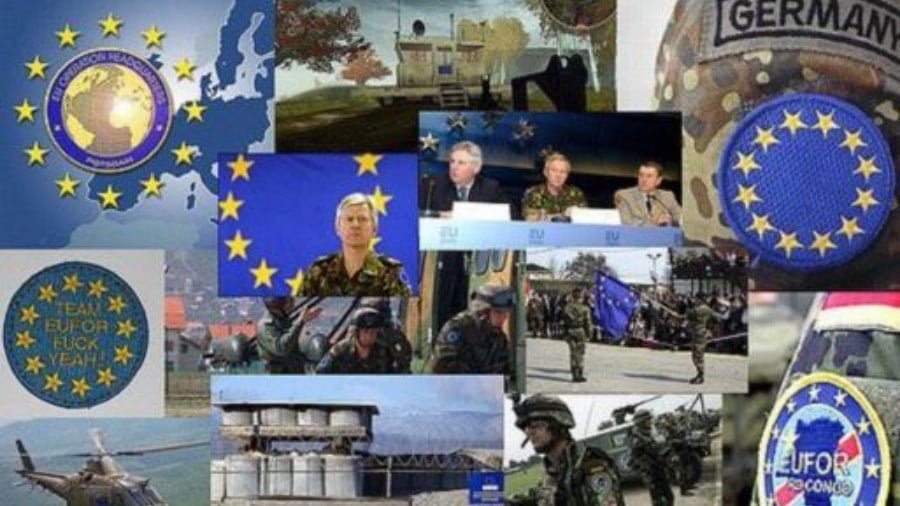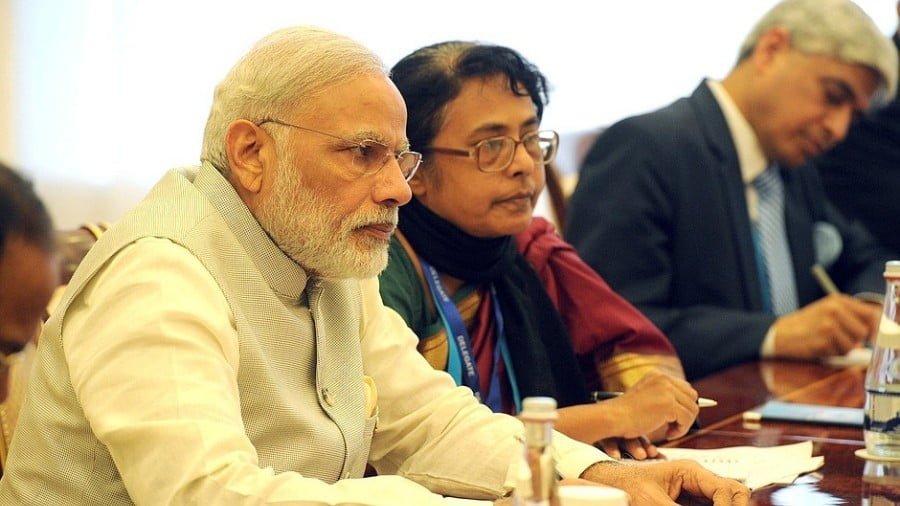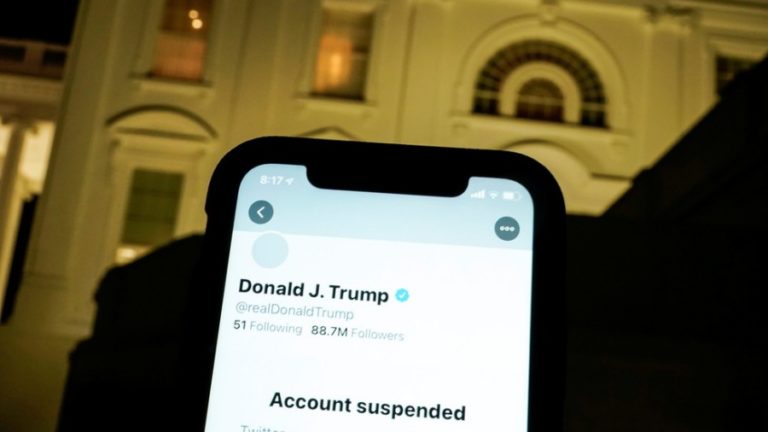A European Army Obeying US Interests Will Only Incentivize More Imperialism and Military Corruption
The idea of creating a common army for the countries of the European Union has been repeatedly proposed by numerous advocates of the globalist elite for at least a decade. The latest example came from French President Macron, who took the opportunity during commemorations of the end of WWI in Paris to revive an idea that represents more a fantasy than a real possibility.
First the good news. Richard Shirreff, a retired senior British Army officer, stated: “I think we have got to be very careful about loose talk of a European army. An army is a legally constituted armed force operating under the authority of a sovereign Government. So, if you accept that definition, the notion of a European army is impossible until and unless there is a sovereign European Government, which is obviously not in existence. And I think it is some way off.”
The question then arises as to why Macron and Merkel are so interested in talking about something that seems unrealistic at the moment? The answer is simple and obvious. It is a strategy aimed at striking at Trump directly, as evidenced by the words of Merkel, who also voiced her support for the creation of a European army. The Chancellor has indeed stated that “[t]he times when we could rely on others are over”. By “others” she is clearly referring to the United States. Also, putting to one side the tense personal relationship between Macron and Trump, the Frenchman, like Merkel, is an exponent of globalism. The agreement between Berlin and Paris is intended to move Europe in a direction more agreeable to them, focussing on the need to attract more investment in European weapons, coupled with a desire to decrease dependence on US weapon systems. As Macron stated: “Europe must increase military spending, but the money should go to European, not American companies.”
The main issue, therefore, revolves around the economics of the import and export of arms in Europe and around the world, a business worth tens of billions of dollars a year. As SIPRI’s annual report reminds us, “The five largest West European suppliers – France, Germany, the UK, Spain and Italy – together accounted for 23 per cent of global arms transfers in 2013-17. The combined arms exports by European Union (EU) member states accounted for 27 per cent of the global total in 2013–17.”
Specifically, France and the UK increased their exports by 27% and 34% respectively, while Germany had a decline of 14% over the last 5 years. It should be remembered that the data is only up to 2017, and many agreements have since been concluded, especially between European countries, with France and Germany leading in exports. The SIPRI report presents us with a fairly clear picture of imports from countries like Greece and Italy,even as the US dominates market share, with 20 out of 40 importing countries having the US as their main supplier.
France, the fourth country to have increased exports from 2008-2017, has gone from 5.8% of world exports to 6.7%, increasing exports by 27%. The United Kingdom, the 18th largest importer in the world, imports about 80% from the US. Italy is the 22nd largest importer in the world, importing 55% from the US and about 28% from Germany. Italy is the European country that imports most arms from another European country (Germany), about 28%, about 55% from the US, and the remaining 8.4% from Israel. In terms of imports, Greece is the 28th in the world, importing 68% from Germany, 17% from the US, and 10% from France. Of the top 40 importers, the US is the leading supplier for 20 of the 40, followed by Russia with seven countries, China with three, and seven for the UK, France and Germany combined.
In addition to the creation of a conglomerate that would combine mainly French and Germany industries, Merkel emphasized that such a European army would not be for the purposes of ensuring greater sovereignty for the EU, but rather complement NATO, thereby strengthening the imperialist and ultra-neoliberal positions that have devastated the world in recent decades. As the German chancellor has emphasized, “This is not an army against NATO, it can be a good complement to NATO”, also pointing out the logistical difficulties Europe faces to integration, with more than 150 different weapons systems as opposed to the 50 to 60 of the US.
Such veiled wording indicates the desire of Merkel and Macron to further decrease the importation of arms from American companies, even if overall Germany and France import less than 100 million euros a year from the US. France and Germany will face a critical need to modernize their armed forces in the coming decade, given Europe’s relative backwardness when compared to recent strides made in Russia, China and even the United States. Macron stated that it is crucial to devote 2% of GDP to military spending within four to five years. The new French defense budget, Macron said, would allow for the acquisition of:
“1,700 armored vehicles for the Army as well as five frigates, four nuclear-powered attack submarines and nine offshore patrol vessels for the Navy… The Air Force would receive 12 in-flight refueling tankers, 28 Rafale fighter jets and 55 upgraded Mirage 2000 fighters … This year will see a €1.8 billion increase (US $2.1 billion) in the annual defense budget to €34.2 billion, of which €650 million is earmarked for overseas deployment of combat troops… The modernization strategy will not be just about numbers, as performance should be pursued and the equipment should meet the requirement for ‘balanced’ cooperation between the services and the Direction Générale de l’Armement procurement office.”
The idea of creating a European army also contributes towards budgetary planning, which will start mainly from 2022, as “a large part of the money would only be released in 2024 and 2025, after a budgetary review in 2021.”
This all represents the perfect excuse to increase defense budgets, aiming at a European army that will apparently establish some sort of independence from Donald Trump’s America while simultaneously warding off Vladimir Putin’s Russia. Both Trump and Putin are hated by the globalist elite, being seen as their absolute enemies, and are both used by Macron and Merkel as boogeymen threatening European security, as if Moscow were intent on invading the Baltic countries as NATO analysts constantly claim. Such analysts need to make such claims in order to justify the existence of NATO and their accompanying salaries, with the defense sector being among Europe’s main industries, accounting “for about half a million jobs directly (plus half that number indirectly), in more than 1,300 companies”. That pretty much sums up the reason behind an EU army.
The American and European military-industrial complexes are huge employers. This represents a pool of voters that Merkel and Macron need to keep onside, just as they need financial support from the CEOs of large arms manufacturers in exchange for billion-dollar contracts, something that would simply be called corruption if practiced in other parts of the world.
With the economic crisis of 2008, European spending on arms fell by 22%, But with the provocations in Ukraine in 2014, and then the aggression directed against the Donbass region, creating tensions between Russia and the EU, there was new justification for an increase in military spending, especially since 2017. For example, Poland, Romania and Sweden have each decided to acquire long-range air-defense systems from the US, and Lithuania ordered medium-range air-defense systems containing components coming from Norway and the US.
Thankfully the use of Trump and Putin as boogeymen to justify the creation of a European army is a bluff that will not lead to any concrete action. It all comes down to the money to be made in this multi-billion dollar market. Once again, SIPRI’s study reminds us that Washington is dominant in this field, especially in the private sector, with “[f]orty-four US-based companies accounted for over 60 percent of all arms sales listed by SIPRI. The 30 European companies on the list make up just under 30 percent. France and German lead the pack, followed by the United Kingdom.” This is while taking into account that EU member states “are not even legally obliged to declare what their companies sell. Their code has achieved neither transparency nor consistency.”
The question may arise as to how Europe is to be prevented from developing imperial ambitions. The simple if banal answer is that this is not possible so long as Europe remains dependent on the United States and her imperialist and ultra-capitalist ambitions. European countries would in the first instance need a sovereign central bank with their own currency, in addition to a national army that could defend European territory. European elites are in fact moving in the exact opposite direction, and this can be seen almost in the daily activities and statements by leaders like Merkel and Macron. The creation of a European army, instead of guaranteeing greater political freedom and distancing the EU from the US, would only actually serve to buttress the ideology of Washington as the only world superpower.
Contrary to what would in actual fact be needed – more military and economic sovereignty of EU member states – the EU leadership seems to be heading in the other direction. In a world that is becoming more multipolar, the abdication of any kind of political, economic and military sovereignty is a recipe for disaster. Macron and Merkel, instead of balancing Europe’s political weight with China, Russia and the US, are hoping and waiting for a new Obama after the 2020 presidential election, so as to subjugate the whole of Europe to Washington’s rule, with Paris and Berlin acting as local satraps, treating the remaining 25 states of the EU as provinces of the Franco-German sub-empire.
By Federico Pieraccini
Source: Strategic Culture







